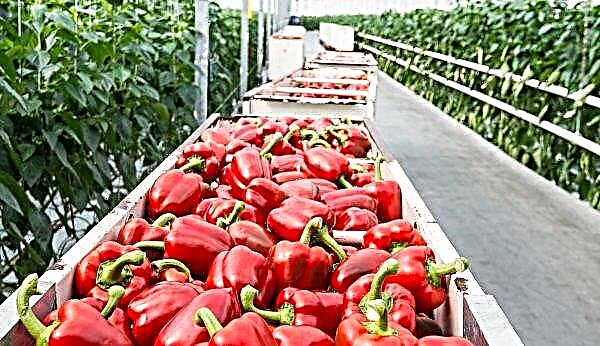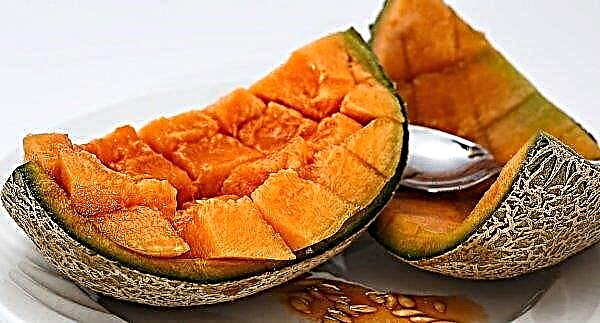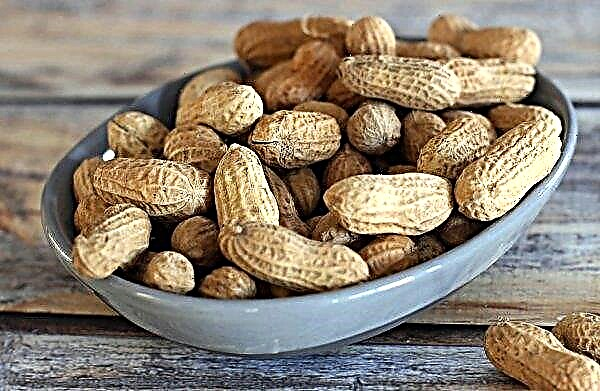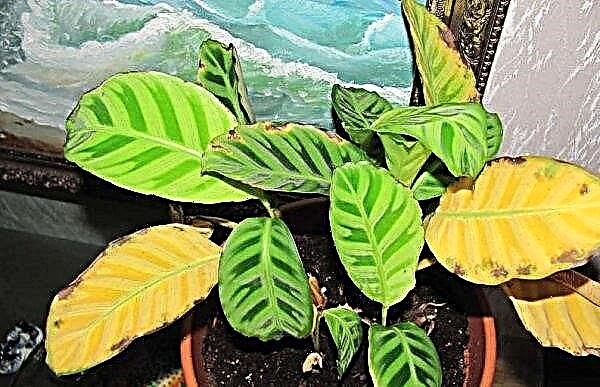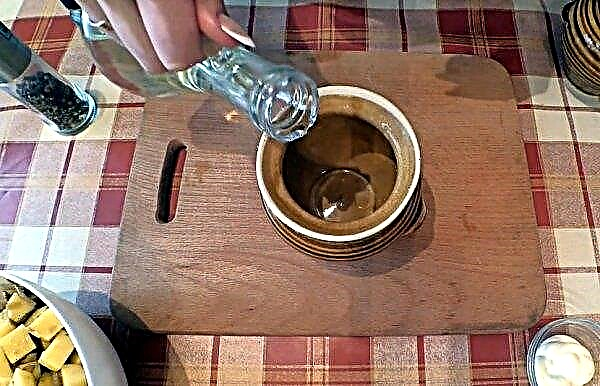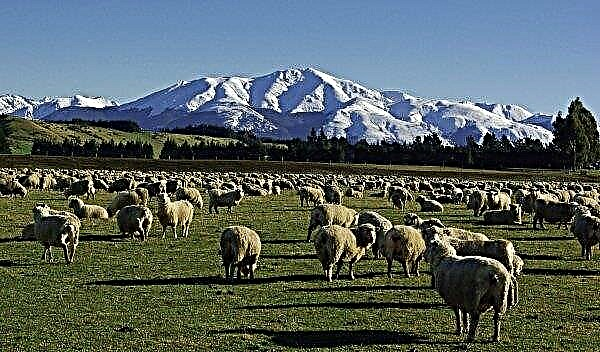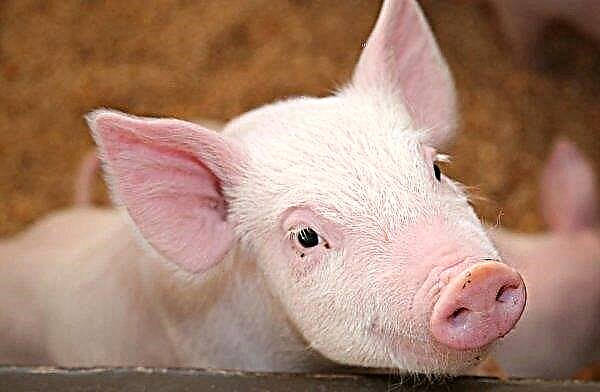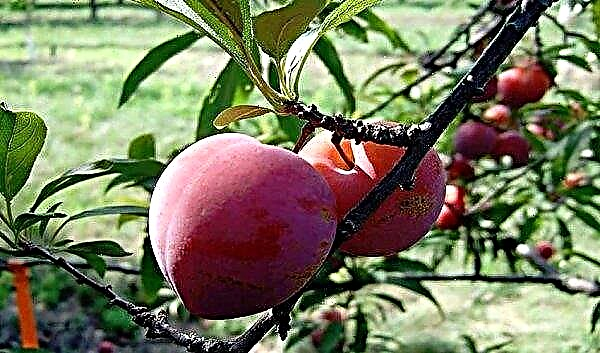Deciduous plants prevail in the Tula region, for example, oaks, birches, maples, coniferous, mainly spruce trees are also present. Such plants create ideal conditions for the growth of chanterelles.
Types of chanterelles found in the Tula region
The first most common species is the common, related species that grow in the forests of the region - white, tubular, gray, black chanterelles.
Chanterelles are the most common species. Their features:
- the hat is bright yellow or orange in color, funnel-shaped, has an uneven shape. Size - 4-6 cm, maximum - 10 cm. From above it is smooth with a curving edge;
- the pulp has the same color as the hat, elastic and dense in structure. It has a fruity aroma and pungent taste;
- the leg is of the same color as the hat and forms a single whole with it. Slightly narrowed to the ground, leg height 4-7 cm.

White chanterelles - a rare species:
- the hat has a pale yellow, white color. Diameter - 1–8 cm, smooth, with slightly bent down edges. As they grow older, a winding edge develops;
- the leg is thick, yellow-white, height - 2–5 cm. The leg at the hat is cylindrical in shape, and closer to the base it resembles a mace;
- the pulp is dense, white.

Tubular chanterelles often grow on coniferous flooring:
- yellow-brown hat. Small mushrooms have a flat or convex surface. A soot-colored hat 3–8 cm in size; in the middle, the recess smoothly passes into the leg. Edges uneven turned away from the middle. When exposed to sunlight, it has a brown tint;
- the leg is tubular, height 7–10 cm. Hollow inside, narrowed down;
- the flesh is gray, but after heat treatment it turns black. The structure is delicate, fragile.

Where grow
Chanterelles usually prefer mixed forest. The soil is suitable for them sandy, moist, rich in moss. It also grows on swamp bumps. When searching, you should pay attention to both open glades and the edges of the forest.
If you find a clearing from birches, carefully examine it, in such places they are often found. Mushrooms can be hidden by grass or fallen leaves, especially in autumn, be sure to check secluded places. Do not be afraid to raise moss, mushrooms can hide under it.Video: Where and how chanterelles grow
Growth season
The first chanterelles appear at the end of May, but you should not rely on a large crop, as a rule, weather conditions do not have abundant growth. The end of the growth season of these mushrooms occurs in late October - early November.There are two phases of fruiting: from June to early July and from the second half of August to early October. Stronger begin to grow after thunderstorms and autumn fogs. Chanterelles grow in large groups or families. Therefore, if you find one on the earth, look around: you will see many more small red mushrooms.
Chanterelles grow in large groups or families. Therefore, if you find one on the earth, look around: you will see many more small red mushrooms.
Their growth is influenced by many factors: weather conditions, for example, with prolonged drought, the growth of chanterelles stops, soil moisture is also important. After rain, the mushrooms begin to grow abundantly, and after 2-3 days you can harvest. To ripen, it is enough for them up to 8 days, you do not need to select overripe ones, toxins accumulate in them and salts of heavy metals are formed.
Important! Mushrooms are a very heavy meal for the stomach. It is worthwhile to refrain from the use of children, the elderly and those who have stomach problems. And healthy people are better off not eating mushrooms with alcohol and potatoes.
Similar edible mushrooms
Edible mushrooms, in addition to the common chanterelle, also include white, tubular, gray and black chanterelles. There are similar unrelated mushrooms.
The hedgehog is yellow. It can be eaten after heat treatment:
- the hat is colored milky, rarely orange. The form is flat with curved edges to the leg, with a diameter of 6-10 cm;
- the leg is slightly lighter in color than a hat, cylindrical in shape with a thickening to the ground;
- the pulp is dense, after ripening it has a bitter taste.

Govorushki red mushrooms. Edible, but only mushroom, the broth is not used, it has a bitter taste:
- hat of red color, smooth, with a tubercle in the center, with a diameter of up to 20 cm;
- the leg is up to 15 cm high, has a pungent odor resembling almonds, resembles a cylinder in shape;
- the pulp is white and soft to the touch with a pleasant aroma.

Horn funnel. Grows in groups at high humidity. Similar in structure to the black fox:
- the hat looks like a deep funnel with curved edges, 3-8 cm in size, resembles the color of coal;
- the leg is inseparable with a hat 8 cm high;
- odorless flesh is tender and fragile. Gets mushroom aroma after cooking.

Similar inedible mushrooms
An ordinary chanterelle has two dangerous doubles. Omphaloth olive and false chanterelle. Both fungi are poisonous, but not deadly.
The main feature of the olive omphaloth is growing on stumps or trees:
- the cap of the mushroom has a dense structure, at the beginning of growth it has a flat shape, and when fully grown, the edges turn outward and a funnel forms. The surface is smooth with veins diverging from the center to the edges. Reaches 14 cm, painted in bright yellow, bright orange, sometimes brown. During drought, it acquires a brown tint and cracks along the edges;
- the leg is high and dense, located in the center of the hat or shifted to the side;
- flesh with an unpleasant odor, dense and fibrous, yellow in color;
- signs of poisoning occur a couple of hours after ingestion. It leads to severe gastrointestinal upsets, dehydration, and there may be cramps.

The false fox is a bit like the real one:
- the hat reaches 10 cm under favorable conditions. In a young mushroom, the hat is flat, acquires a funnel shape with age. The surface is bright orange, bright yellow with velvety disappearing with age. The plates are frequent, thick, of the same color, when pressed, a brown tint appears;
- the leg is cylindrical in shape, up to 6 cm high, similar in color to the plates, sometimes brown. Slightly curved, becomes hollow with age;
- the flesh is like cotton wool, pale yellow, pale orange, thickens from the edges to the center. Flavourless and tasteless.

The differences of the false fox
Having a similar appearance at first glance, the false fox has a number of differences from the real one:
- It has an intense color, bright yellow or bright orange. Edible has colors not so saturated;
- the hat has a perfect geometric shape. The present has irregular edges;
- the leg is thin, lighter than the cap and hollow inside. An ordinary leg of the same color with a hat, dense in structure;
- it has an unpleasant odor; the present has a pleasant mushroom aroma;
- grows on fallen trees or stumps. The common grows only on earth;
- always grow alone, and the real ones grow in families;
- the pulp is monophonic bright yellow or orange, and the ordinary has a light yellow with a white middle.
Video: How to distinguish a false fox from a real
Mushroom places of the Tula region
There are few mushroom places in the region compared to other regions of Russia, but knowing where the mushrooms grow, you can pick up a large basket.
Aleksinsky district in the north-west of the Tula region. Polish and porcini mushrooms, obabeka, honey mushrooms and mushrooms can be found here. The lion's share of this region is occupied by boletus and boletus, in open glades with birches and aspen they can be found at every step. Polish and ceps grow actively after rains, they can be found in ravines, tall grass. Honey mushrooms grow along paths and in meadows.
Venevsky district is located in the north-east of the region and is rich in pigs and butter. You should be careful with the first mushrooms, they were transferred to the conditionally edible category. Oil can be easily found in the coniferous forest under young pine trees.
The Leninsky district, located in the city of Tula, is famous for oils, chanterelles and ranks. Especially a lot of real chanterelles in this area. They grow in secluded places under oaks, birches, rarely, but can be found under coniferous trees.
When collecting chanterelles, pay attention to the appearance of the fungus; it should be moderately yellow or orange, with uneven edges and grow in large groups. When searching, you should look under the fallen leaves, branches and moss. If it rains, you can safely go looking after 3-4 days, you will collect a good harvest.


